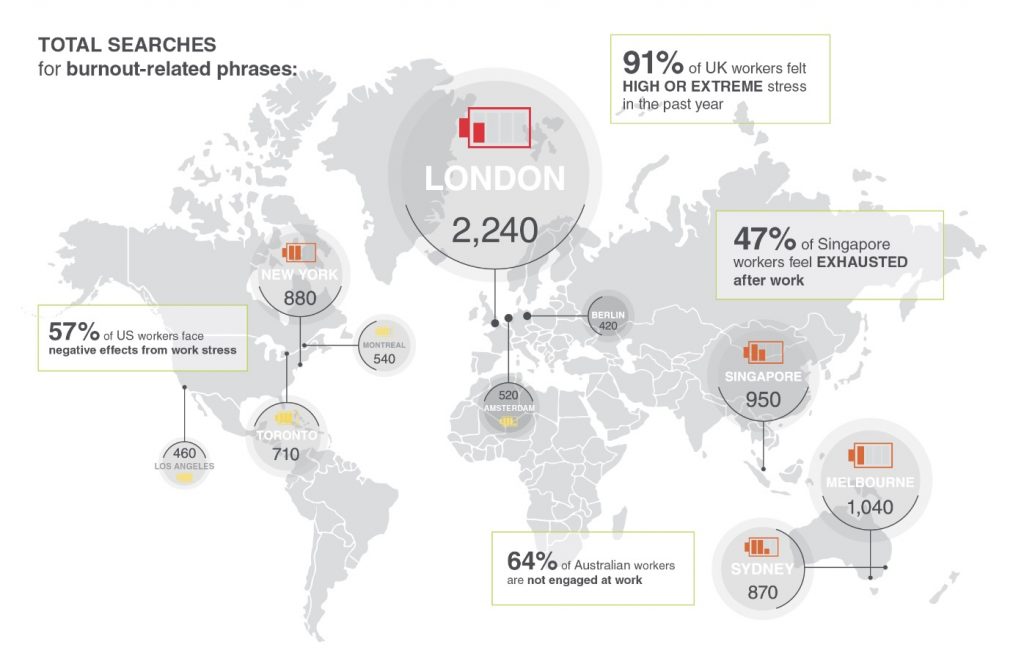SINGAPORE: A woman recently sought advice on social media about how to compartmentalize and manage her thoughts, as she finds herself constantly weighed down by work-related concerns, even at night.
In a recent anonymous post on Reddit’s “Ask Singapore”, the woman wrote that her therapist and friends have repeatedly urged her to leave work behind as soon as the clock strikes five.
They suggested she explore hobbies or interests outside of her job to help shift her focus and achieve a healthier work-life balance. However, despite their well-meaning advice, she disclosed that many nights, her mind is still preoccupied with work-related issues, which makes it hard for her to relax and unwind.
“I am going through a major mental stress recently due to work. I refuse to be called a workaholic, but my sister keeps on saying that I am actually one. Like the majority of my self-worth seems to be based on work-related stuffs. That is why once something goes wrong, I would feel like my world is crashing down (it is now, tbh),” she said.
“I only live with my sister here, and I have a loving partner. Of course they have their own compartment in my life, but it feels like work is still taking the majority.”
Frustrated by her inability to switch off and find peace, she turned to the online community for advice, asking, “I just wonder how many compartments are there in your life? Like, how much do you assign for work/study out of 100%?”
“Humanise yourself and let your self-worth be defined by what you are instead of what you achieve.”
In the comments section, plenty of advice poured in from Redditors who had faced similar challenges. Some recommended practising a ‘digital detox’ after work, where she would disconnect from all work-related apps and notifications to give herself a proper mental break.
One user recommended that she try using two separate phones—one for work and one for personal use.
He shared, “I used to feel stressed whenever I got a notification because it could have been work-related. After getting a second number and a cheap second phone. I managed to stop dreading my personal phone’s notification.”
Some also encouraged her to remind herself that she’s replaceable at work and that her bosses wouldn’t be overly affected if she chose to leave.
One user commented, “As the saying goes, if you drop dead today, tomorrow HR will be posting your position on Indeed. Treat the job with respect and commitment and OT when you need to, sure. But when it’s time to turn off, don’t even think about work anymore.”
Others suggested that she invest more time in building a life outside of work by strengthening relationships, exploring hobbies, or starting side projects that bring her happiness.
One user added, “Humanise yourself and let your self-worth be defined by what you are instead of what you achieve. Anchor yourself on traits that are not determined by external factors, because that’s what people trap themselves within.
“It’s very unhealthy since you’ll never stop comparing yourself to others and pushing yourself to be more successful; it is a never-ending cycle.”
Read also: S’porean quits toxic job but now can’t find another one, has been searching for more than 6 months
Featured image by Depositphotos (for illustration purposes only)












